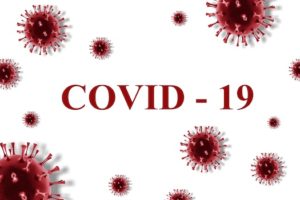In a recent report published in the Journal of Investigative Dermatology, researchers proposed that the S100A8/A9 protein complexes produced by activated blood and skin cells in patients with psoriasis may contribute to the population’s increased risk of atherosclerotic events and premature cardiovascular disease.
Lipid-rich necrotic core (LRNC), a high-risk coronary plaque factor, has been associated with both cardiovascular disease risk and psoriasis severity. Noting that LRNC can decrease with biologic therapy via unknown mechanisms, the researchers aimed to reveal associations between S100 proteins, LRNC, and biologic therapies that might contribute to the increased cardiovascular risk in patients with psoriasis.
Initially, the authors determined that the S100A8/A9 proteins were associated with LRNC via adjusted modelling of 125 patients with psoriasis with available coronary computed tomography (CT) angiography scans, LRNC measures, and serum S100A7, S100A8, S100A9, S100A12, and S100A8/A9 levels (β = 0.27; P=.009).
Notably, in 36 patients receiving biologic therapy with 1-year CT scans available, the researchers observed a 79% reduction in S100A8/A9 levels from ‒172 (‒291.7 to 26.4) to ‒29.9 (‒137.9 to 50.5; P=.04) and a 0.6 mm2 reduction in average LRNC area (0.04 [‒0.48 to 0.77] vs ‒0.56 [‒1.8 to 0.13]; P=.02) at 1 year.
The authors found that the association between LRNC and S100A8/A9 was evidence of the potential contribution of the S100 proteins in the development of high-risk coronary plaque features in patients with psoriasis. Their data also suggest that biologic therapies are effective at mediating LRNC and S100 proteins and their associated risk for cardiovascular disease.
Reference: Jalili A, Bewley A, Sticherling M, Stein Gold L. Short Term and Long-Term Efficacy of Calcipotriene/Betamethasone Dipropionate Foam Combination. Clin Cosmet Investig Dermatol. 2022;15:809-814. doi:10.2147/CCID.S361884









